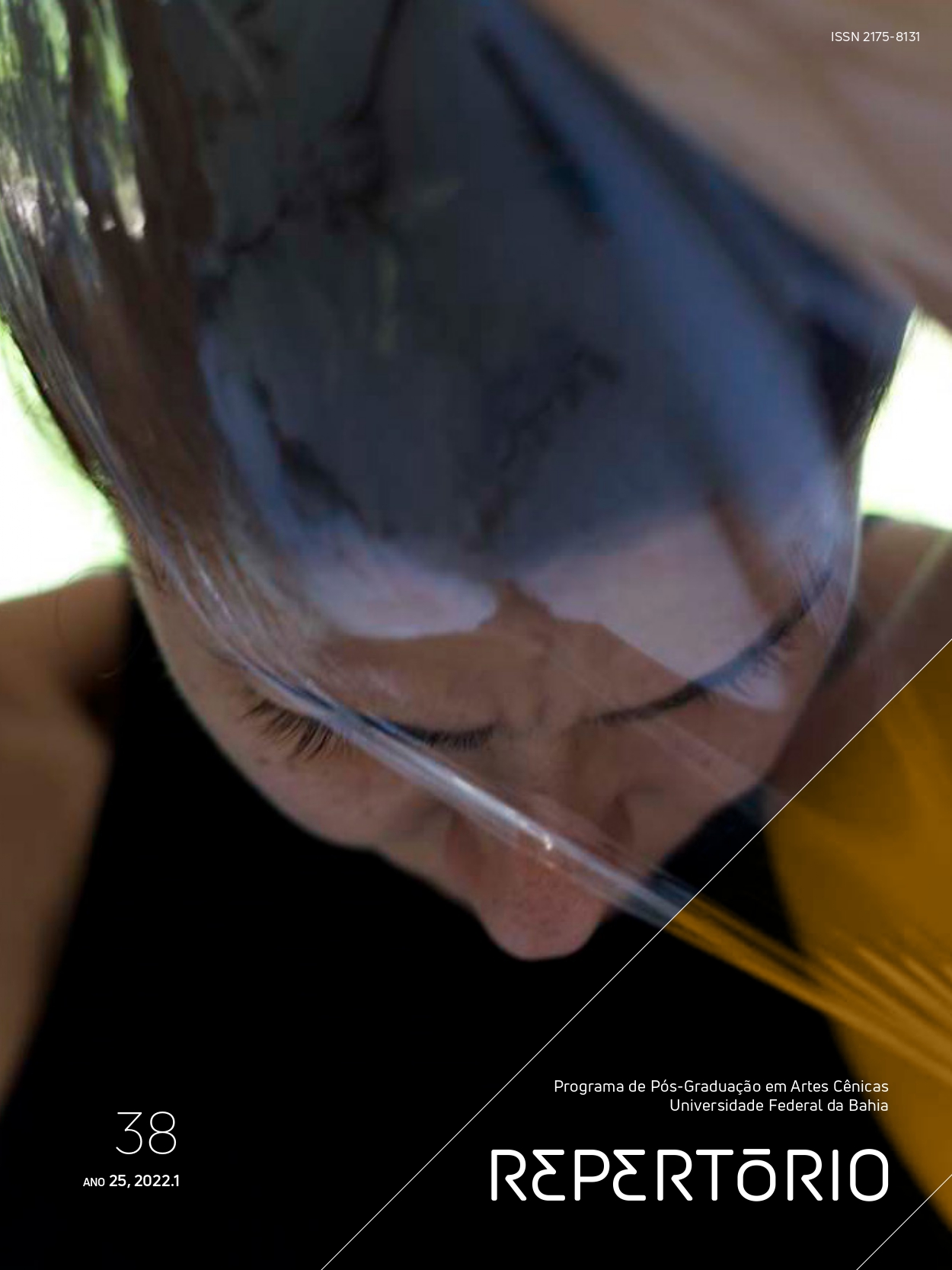Participatory Sense-Making in Dance Improvisation
DOI :
https://doi.org/10.9771/rr.v1i38.48558Mots-clés :
Improvisation, human interaction dynamics, interactive synchrony, participatory sensemakingRésumé
Participatory sense-making (PSM) provides a rich theoretical framework for theories in social cognition, providing a base for hypotheses that remain to be experimentally tested. Particularly, we are interested in exploring when synchrony arises between participating agents in social interactions. Additionally, we aim to see if altering the perceptual experiences of agents influences their ability to coordinate their intentions and behaviours. We propose a behavioural experiment that makes use of an existing dance improvisation paradigm to obtain measures of spontaneously arising coordinated behaviour. Then, we propose analysis methods, including instantaneous phase synchrony, to translate the behavioural observations into meaningful measures of coordination. We then present our expected results and discuss how they may contribute to the existing knowledge in social cognition. Additionally, we explore the implications of results that do not support our hypothesis, providing suggestions for future directions in testing hypotheses proposed by PSM.
Téléchargements
Références
CHEONG, J. H., Four ways to quantify synchrony between time series data. (2020). Accessed 18/03/2022: https://towardsdatascience.com/four-ways-to-quantify-synchrony-between-time-series-data-b99136c4a9c9 doi: 10.17605/OSF.IO/BA3NY
DE JAEGHER, H., & DI PAOLO, E., Participatory sense-making. Phenomenology and the cognitive sciences, 6(4), 485-507. (2007) doi: 10.1007/s11097-007-9076-9
ENGEL, A. K., FRIES, P., & SINGER, W., Dynamic predictions: oscillations and synchrony in top–down processing. Nature Reviews Neuroscience, 2(10), 704-716. (2001) doi: 10.1038/35094565
GALBUSERA, L., FINN, M. T., & FUCHS, T., Interactional synchrony and negative symptoms: An outcome study of body-oriented psychotherapy for schizophrenia. Psychotherapy Research, 28(3), 457-469. (2018) doi: 10.1080/10503307.2016.1216624
HIRSCH, J., ZHANG, X., NOAH, J. A., & ONO, Y., Frontal temporal and parietal systems synchronize within and across brains during live eye-to-eye contact. Neuroimage, 157, 314-330. (2017) doi: 10.1016/j.neuroimage.2017.06.018
KELLEY, M. S., NOAH, J. A., ZHANG, X., SCASSELLATI, B., & HIRSCH, J., Comparison of human social brain activity during eye-contact with another human and a humanoid robot. Frontiers in Robotics and AI, 209. (2021) doi: 10.3389/frobt.2020.599581
KOIKE, T., SUMIYA, M., NAKAGAWA, E., OKAZAKI, S., & SADATO, N., What makes eye contact special? Neural substrates of on-line mutual eye-gaze: a hyperscanning fMRI study. Eneuro, 6(1). (2019) doi: 10.1523/ENEURO.0284-18.2019
LYRE, H., Socially extended cognition and shared intentionality. Frontiers in Psychology, 9, 831. (2018) doi: 10.3389/fpsyg.2018.00831
NOAH, J. A., ZHANG, X., DRAVIDA, S., ONO, Y., NAPLES, A., MCPARTLAND, J. C., & HIRSCH, J., Real-time eye-to-eye contact is associated with cross-brain neural coupling in angular gyrus. Frontiers in human neuroscience, 14, 19. (2020) doi: 10.3389/fnhum.2020.00019
PEÑA, N., CREDIDIO, B. C., CORRÊA, L. P. N. R. M., FRANÇA, L. G. S., CUNHA, M. D. V., SOUSA, M. C. D., ... & MIRANDA, J. G. V., Free instrument for measurements of motion. Revista Brasileira de Ensino de Física, 35(3), 1-5. (2013)
SANTANA, I., MIRANDA, J.G., RAMOS, Y.E., Analysis of improvisation processes from dynamic systems. Proceedings of the Interdisciplinary Meeting of Dance, Body, and Technology, Salvador: UFBA, Brazil. (2021)
TOGNOLI, E., & KELSO, J. A., The coordination dynamics of social neuromarkers. Frontiers in Human Neuroscience, 9, 563. (2015) doi: 10.3389/fnhum.2015.00563
TOGNOLI, E., ZHANG, M., FUCHS, A., BEETLE, C., & KELSO, J. A., Coordination dynamics: a foundation for understanding social behavior. Frontiers in Human Neuroscience, 317. (2020) doi: 10.3389/fnhum.2020.00317
WHEATLEY, T., BONCZ, A., TONI, I., & STOLK, A., Beyond the isolated brain: the promise and challenge of interacting minds. Neuron, 103(2), 186-188. (2019) doi: 10.1016/j.neuron.2019.05.009
WHEATLEY, T., KANG, O., PARKINSON, C., & LOOSER, C. E., From mind perception to mental connection: Synchrony as a mechanism for social understanding. Social and Personality Psychology Compass, 6(8), 589-606. (2012) doi: 10.1111/j.1751-9004.2012.00450.x
WOHLTJEN, S., & WHEATLEY, T., Eye Contact Is A Marker of Alignment in Conversation. (2020)
WOHLTJEN, S., & WHEATLEY, T., Eye contact marks the rise and fall of shared attention in conversation. Proceedings of the National Academy of Sciences, 118(37). (2021) doi: 10.1073/pnas.2106645118
Téléchargements
Publiée
Comment citer
Numéro
Rubrique
Licence
(c) Tous droits réservés Lochlan Walsh, Paige Whitehead, Rebecca Todd 2022

Ce travail est disponible sous la licence Creative Commons Attribution 4.0 International .
Os/as usuários/as poderão ler, baixar, copiar, distribuir, imprimir os textos integralmente desde que sejam claramente mencionadas as referências aos/às autores/as e à Revista Repertório. A utilização dos textos em outros modos depende da aprovação dos/as autores/as e deste periódico.
Os conteúdos emitidos em textos publicados são de responsabilidade exclusiva de seus/suas autores/as e não refletem necessariamente as opiniões da Revista Repertório.








